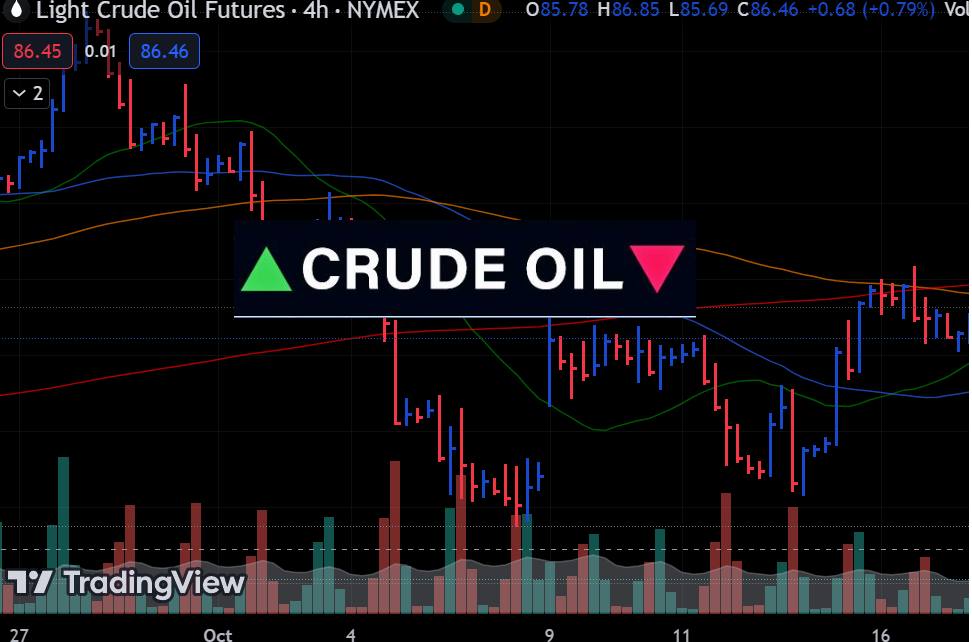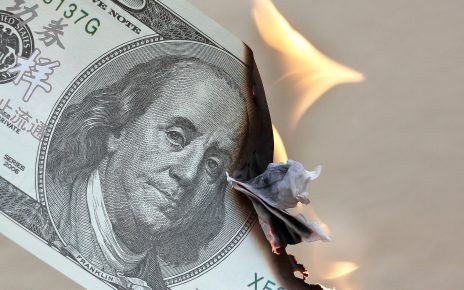- The Fed issued a statement affirming its decision to keep interest rates stable.
- Energy firms withdrew a higher-than-expected 4.3 million barrels of crude from stockpiles.
- OPEC attributed the recent drop in oil to “exaggerated concerns” about demand.
Oil prices experienced a 1% increase on Wednesday, rebounding from a five-month low recorded in the previous session. The uptick was propelled by a greater-than-anticipated weekly reduction in US crude storage and apprehensions regarding the security of oil supplies in the Middle East after an attack on a tanker in the Red Sea.
Moreover, oil held onto gains after the US Federal Reserve held interest rates stable, as anticipated. The Fed also indicated plans to start reducing borrowing costs in 2024. Lower interest rates can decrease consumer borrowing expenses, potentially boosting economic growth and oil demand.
Diane Swonk from KPMG US declared that the Fed was done. She emphasized that if economic data follows its current trajectory, the Fed will likely implement rate cuts sooner rather than later in the year.
In the Red Sea off Yemen’s coast, gunmen attacked a tanker in a speedboat and targeted it with missiles. This incident raised fears over the safety of the shipping lane after warnings from Yemeni Houthi forces against travel to Israel.
Oil climbs as crude stocks fall (Source: Bloomberg, EIA)
Notably, energy firms withdrew a higher-than-expected 4.3 million barrels of crude from stockpiles in the week ending Dec. 8, driven by a decrease in imports. This draw supported oil prices.
On Tuesday, Brent and WTI futures reached their lowest levels since June and signaled higher prices in later months. Traders view this as bearish, as it may encourage oil storage for later sale at higher prices.
Elsewhere, the COP28 conference saw almost 200 nations achieve a historic deal to begin reducing global fossil fuel consumption. Saudi Arabia’s energy minister agreed with the COP28 deal, stating it would not impact the kingdom’s hydrocarbon exports.
While cautiously optimistic about 2024 oil market fundamentals, OPEC attributed the recent price drop to “exaggerated concerns” about demand. Despite OPEC+ announcing new production cuts for Q1 2024 on Nov. 30, oil weakened to a six-month low near $72 a barrel.
Still, OPEC maintained its forecast for world oil demand growth in 2023 at 2.46 million barrels per day. Moreover, the 2024 demand growth projection of 2.25 million bpd remained unchanged from the previous month. OPEC has always predicted stronger demand growth for 2024 than other forecasters like the International Energy Agency. However, their views for 2023 are the same.





